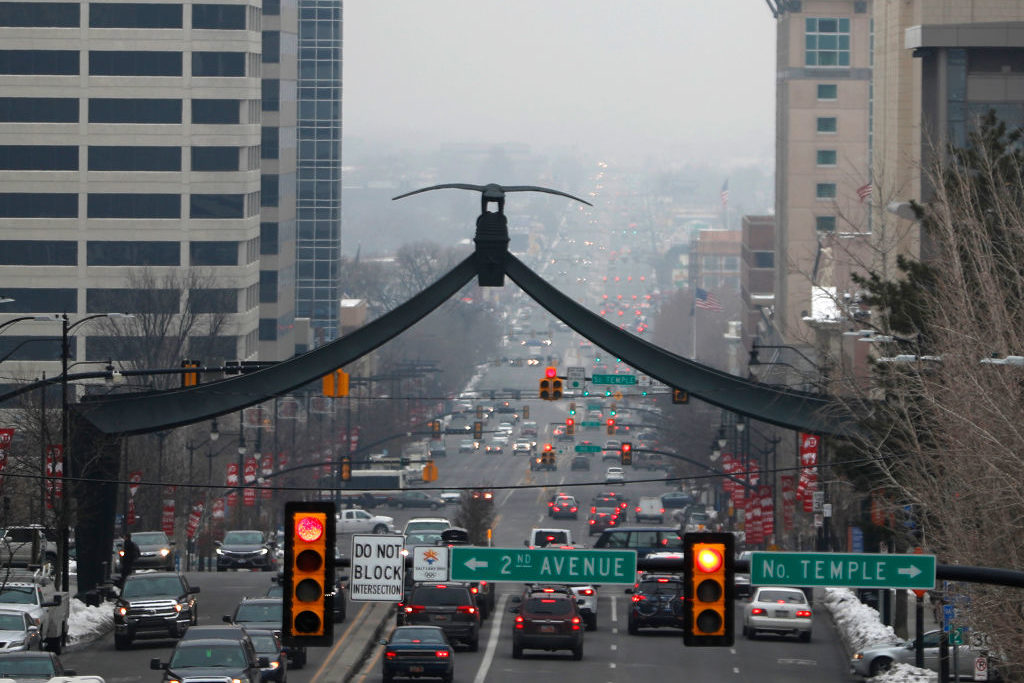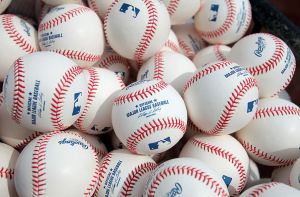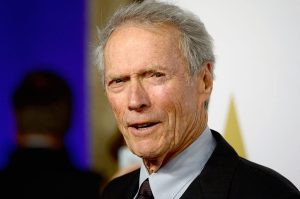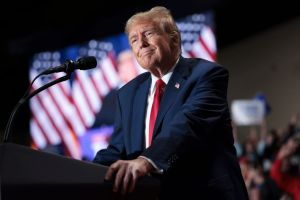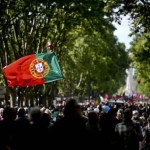This article is in
The Spectator’s December 2019 US edition. Subscribe here.
Salt Lake City, Utah
Here I sit in a Salt Lake City coffeehouse, wishing I’d donned the uniform (white shirt, black tie, nameplate) of a Mormon missionary. Now that would throw the ambient hipsters for a loop.
Last time I buzzed through the Beehive State was the dawn of 1984, when I fled the Imperial City on the Potomac after 30 months legislatively assisting Sen. Pat Moynihan. I went to Washington a left-of-center populist and returned a novice in what Henry Adams called the Conservative Christian Anarchist party, of which he mistakenly thought himself the only member.
Where better to go than the most atypical state in the union, which I figured would be half Dean-Moriarty stream-of-consciousness roustabouts, half apple-cheeked milk-drinkers of the Church of Jesus Christ of Latter-Day Saints? (Though Utah today is 62 percent Mormon, Mormons have a plurality in Salt Lake City but not a majority.)
Thirty-five years ago I lodged in Salt Lake City’s mendaciously named New Grand Hotel, a flophouse wherein I wrote derivative Beat poetry and ignored the seedy Boys’ Life-subscribing pervert in the next room. I was thrilled several years later to read in Wallace Stegner’s autobiographical novel The Big Rock Candy Mountain (1943) that Stegner’s ne’er-do-well old man, who kills his mistress and shoots himself, hangs out at the New Grand, which on recent inspection has grown even fleabaggier over the past three and a half decades.
The charms of being a poète maudit (poète maladroit is more like it) faded, so I made my way home by the most serpentine route possible. On a 30-day Greyhound pass I rode the dog, circumnavigating the US of A, sleeping in stations and never bathing and, as the bus rolled through the Nevada desert, vomiting on the only pretty girl who ever sat next to me. (I’d wolfed down three Burger King patties, the last ones I’ve ever eaten.)
But I’ve never stopped loving Utah, even as Eastern writers profitably rediscover at regular intervals that the Latter-Day Saints of the 19th century were not docile and pliant subjects of the expanding American empire, nor were they always scrupulous as regards the rights of Gentiles. Why, they were downright seditious! Heaven forfend!
I’m no Mormon — I never even experimented with LDS — but the faith was born just 50 miles east of my home, at Palmyra, New York, where in 1823 Joseph Smith found the gold tablets on which were incised the Book of Mormon. (Here’s the toughest bar bet of political Americana. Q: Who was the first presidential candidate to be assassinated? A: Joseph Smith, murdered by an Illinois mob in 1844 when he was, coincidentally, a declared candidate for the presidency on a platform that included the abolition of prisons. The only folks who could win this bet won’t be hanging out at the bar.)
Since 1937, the Hill Cumorah — the drumlin in which those ancient tablets were buried — has been the site of an annual summer pageant performed by a cast of hundreds who act out the Book of Mormon. The LDS hierarchs are pulling the pageant’s plug after the 2020 edition, disappointing many church members if not necessarily Palmyra’s merchants, who grumble that the Mormon pilgrims bring the Ten Commandments and a $10 bill and never break either of them.
I suppose it’s my knee-jerk approval of any and all flowers that have grown from the fecund and eldritch soil of upstate New York, but I dig the Mormons and even pull for Brigham Young University’s football team, which as best I can tell consists primarily of endomorphic Samoans and blond LDS jocks.
Politically, Utah’s voters stumbled last year by electing the oleaginous carpetbagger Mitt Romney to the US Senate, but his Utah mate in the world’s greatest deliberative body, Mike Lee, ranks with Rand Paul as the chamber’s foremost Republican skeptic of perpetual war and the surveillance state. (Sen. Lee cosponsored with Bernie Sanders the high-profile resolution to end US intervention in Yemen.)
Though developers have since defaced its skyline with the usual glassy high-rise office prisons, Salt Lake City was the largest American burg to reject the catastrophic urban renewal programs of the 1960s. In 1965, its citizens voted down the Dresdenization of their city by a landslide six-to-one margin. The New York Times scoffed that Salt Lakers had demonstrated an inordinate fear of ‘the Federal Bulldozer backed by eminent domain’ — as if not permitting their place to be dismembered by the likes of Robert Moses should be a source of shame instead of immense pride.
Oh, and in this land of blessed incongruity, I visit a great Beat/Western/anarchist bookstore (Ken Sanders Rare Books) and eat the best soul food (at Sauce Boss Southern Kitchen) this white boy has ever tasted. We are lectured without cease that diversity is America’s strength. So let Utah be Utah.
This article is in The Spectator’s December 2019 US edition. Subscribe here.
